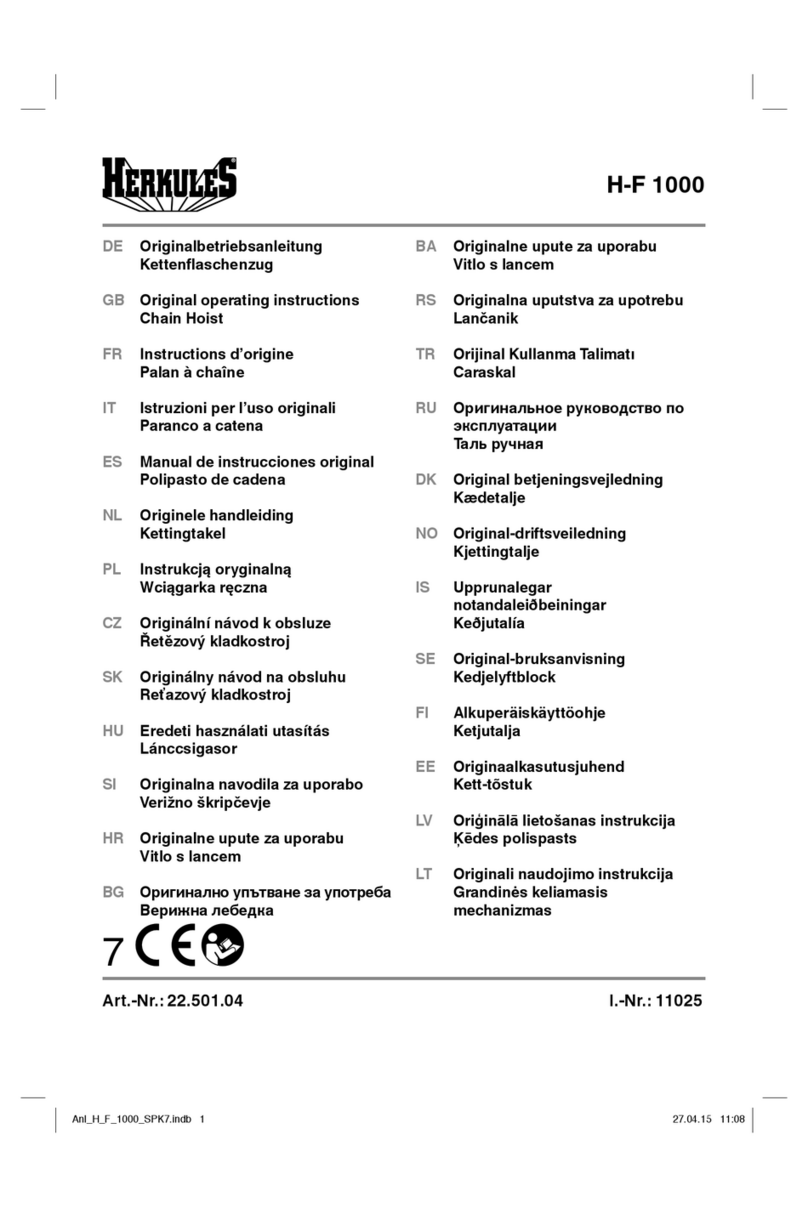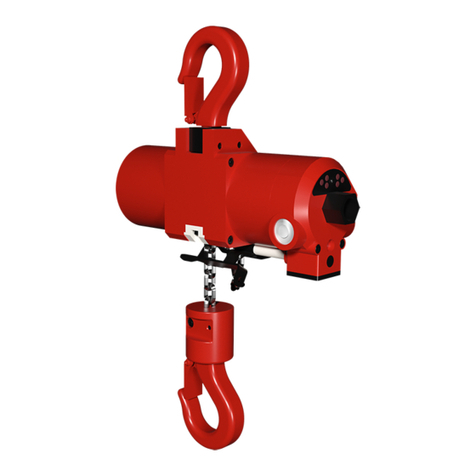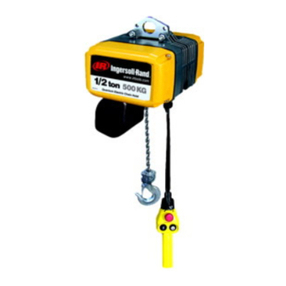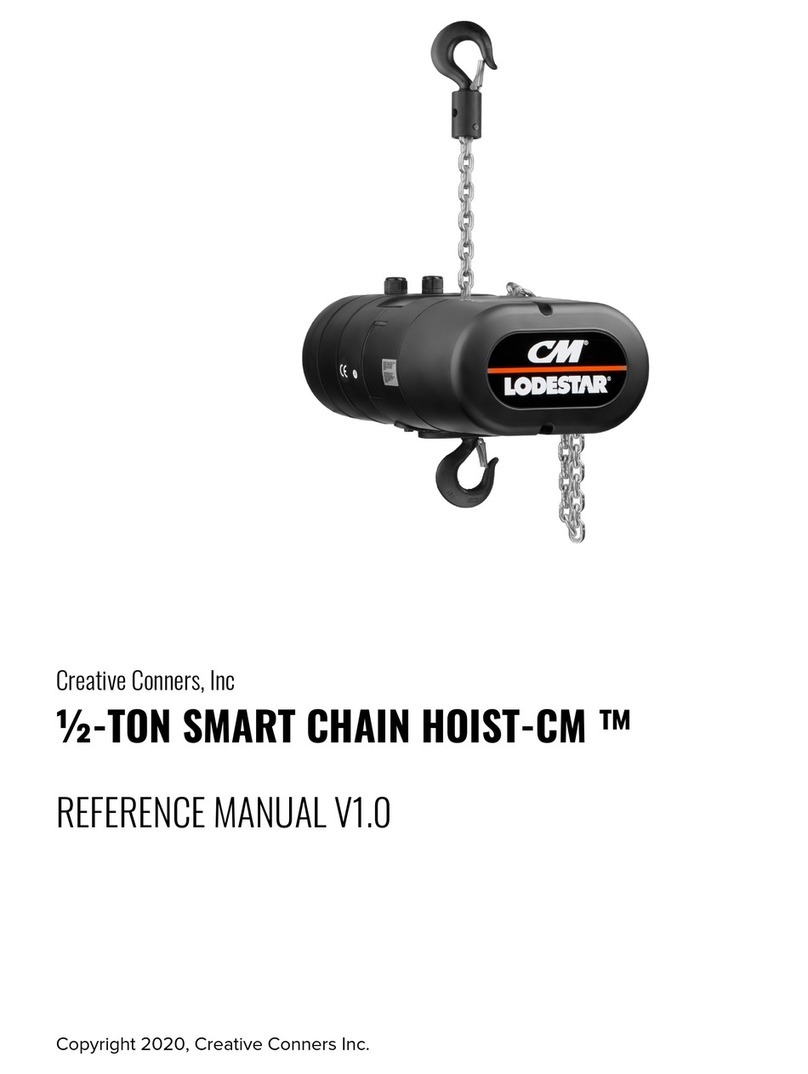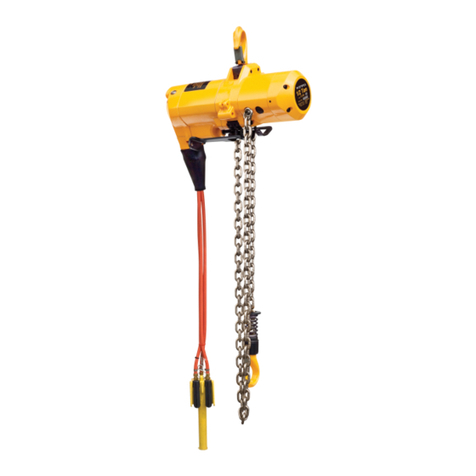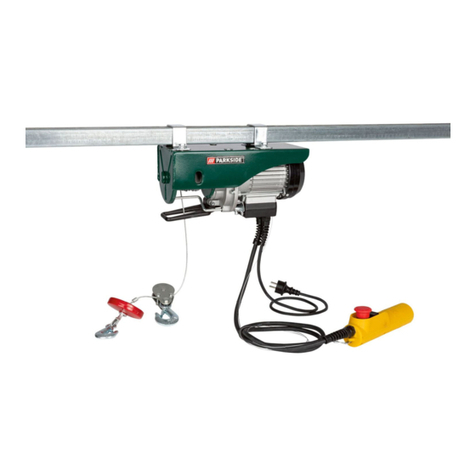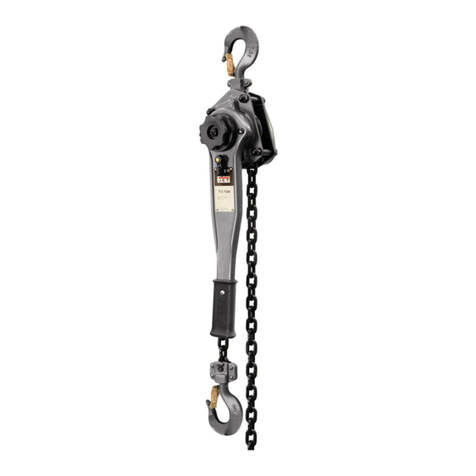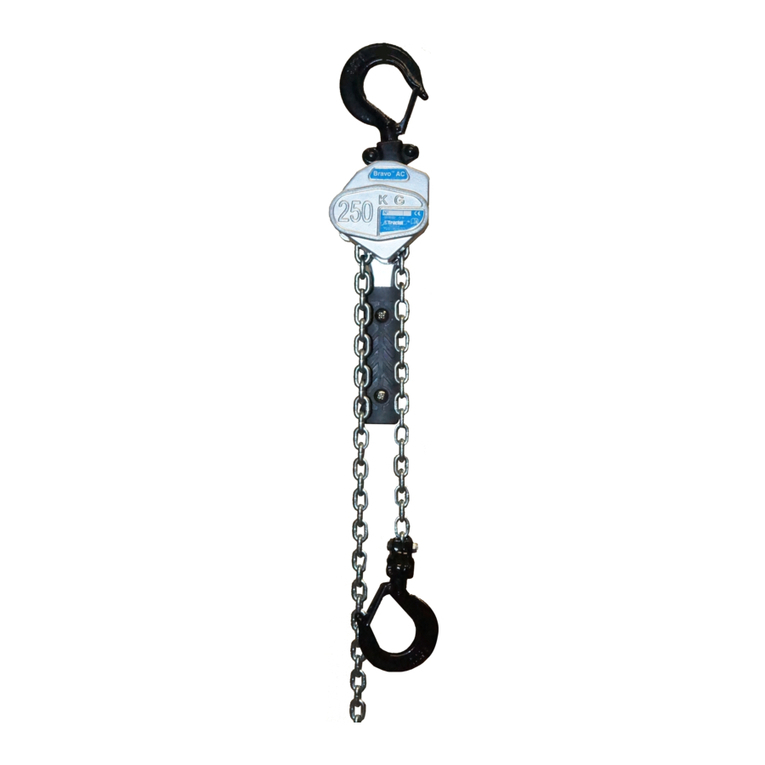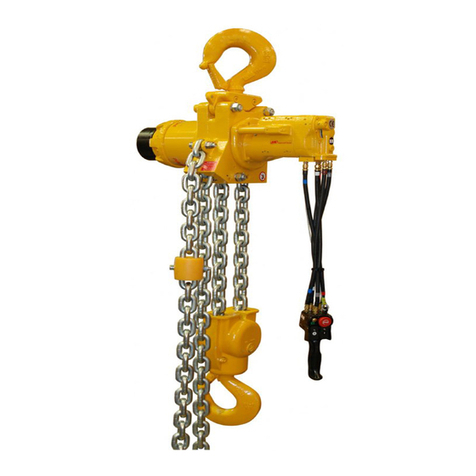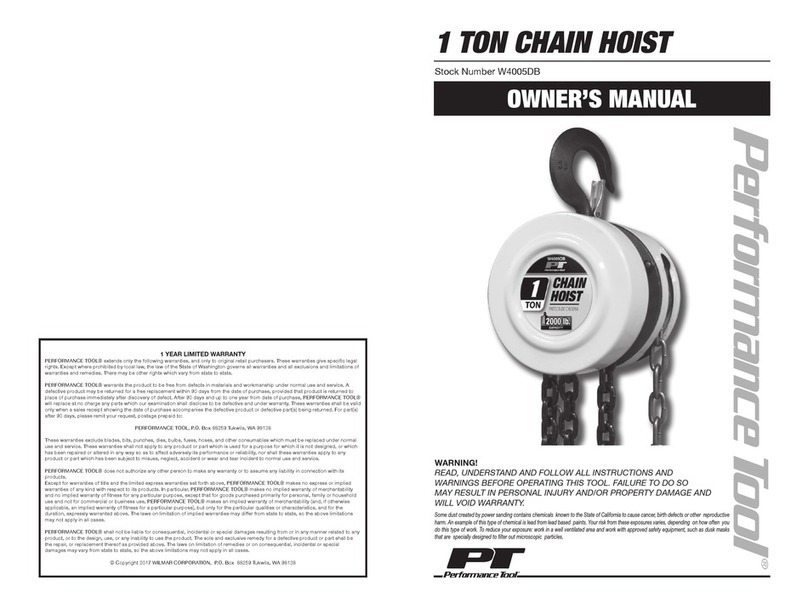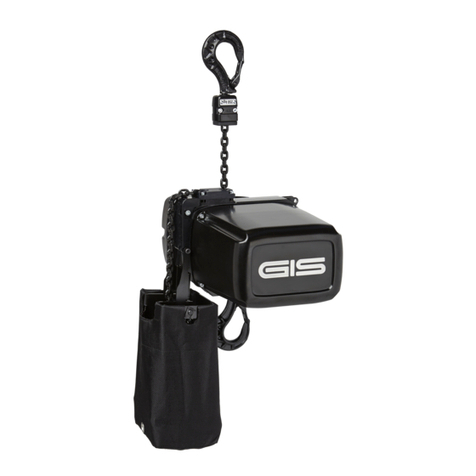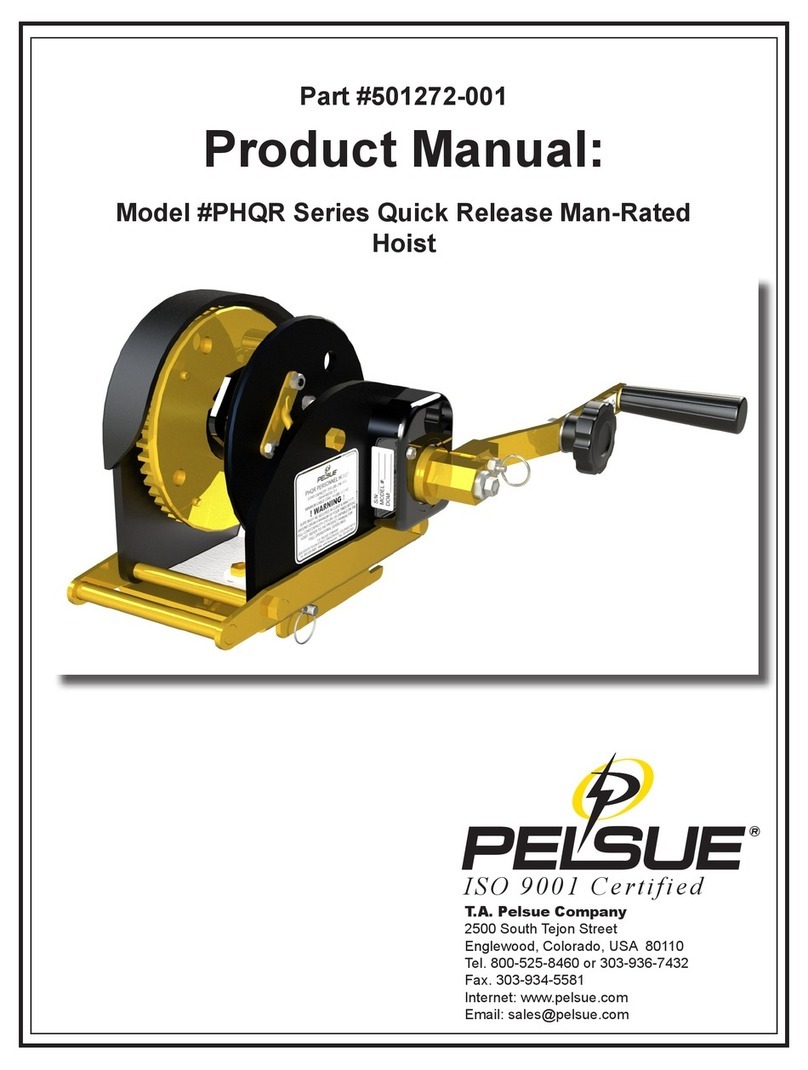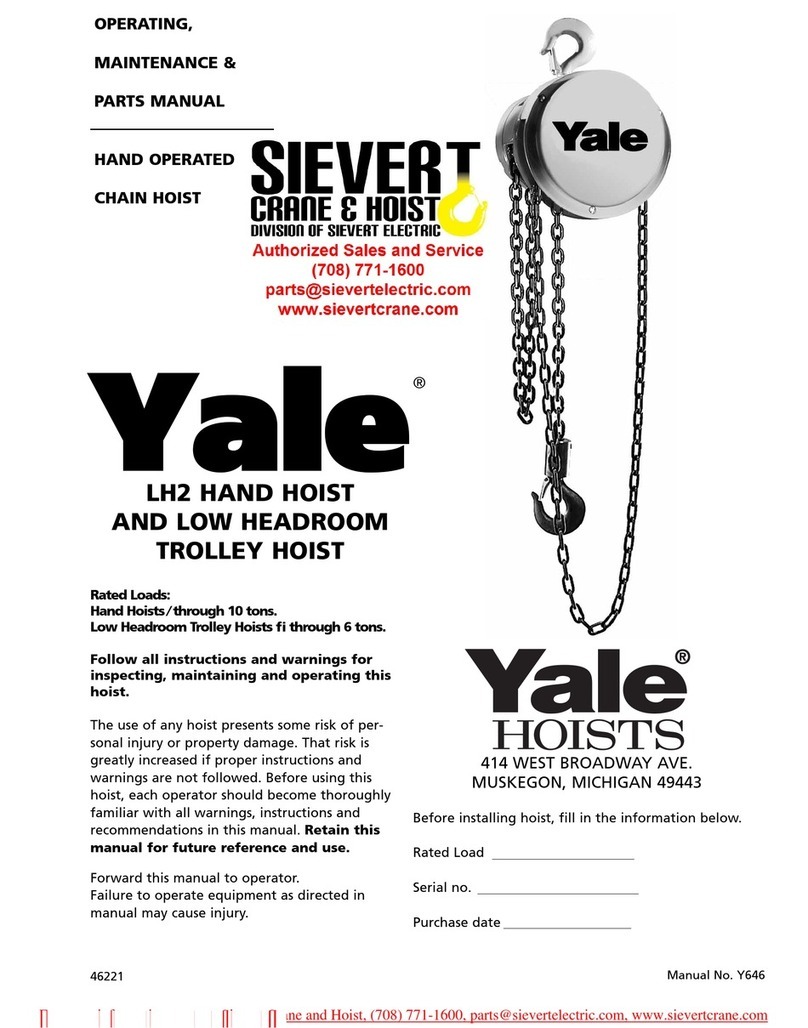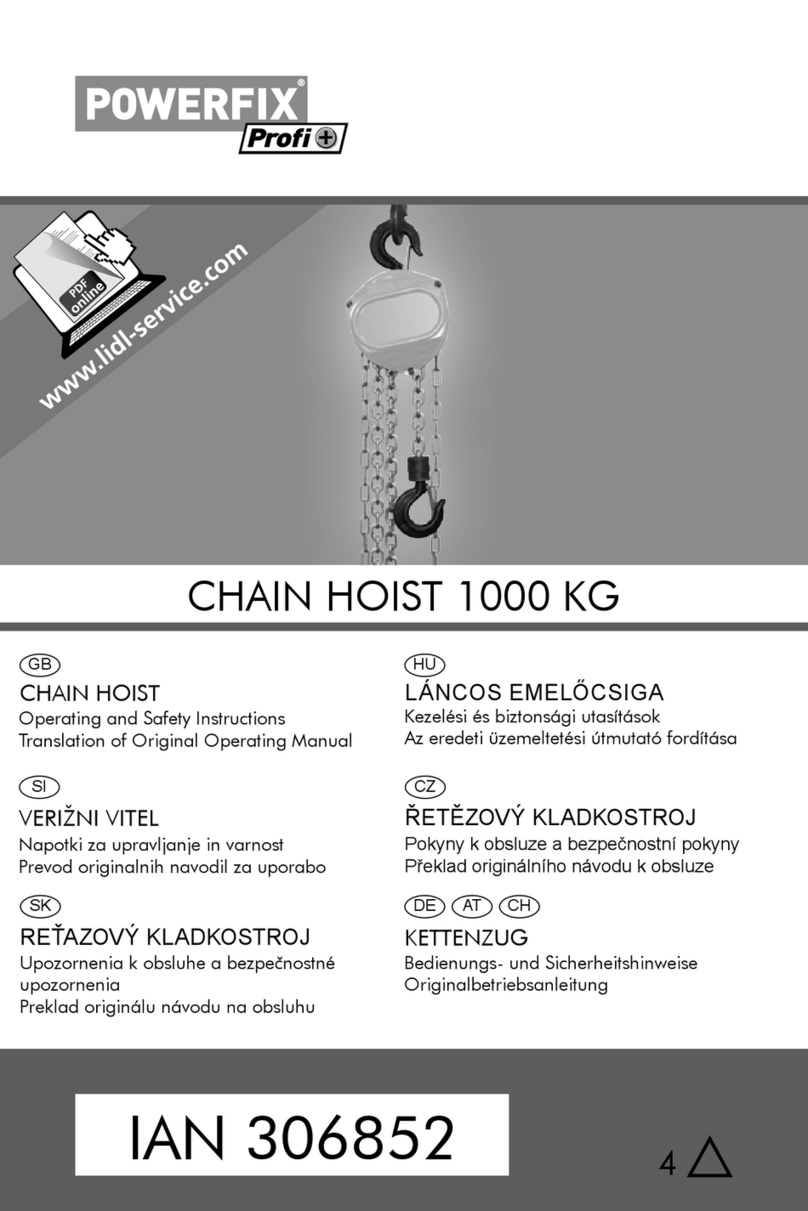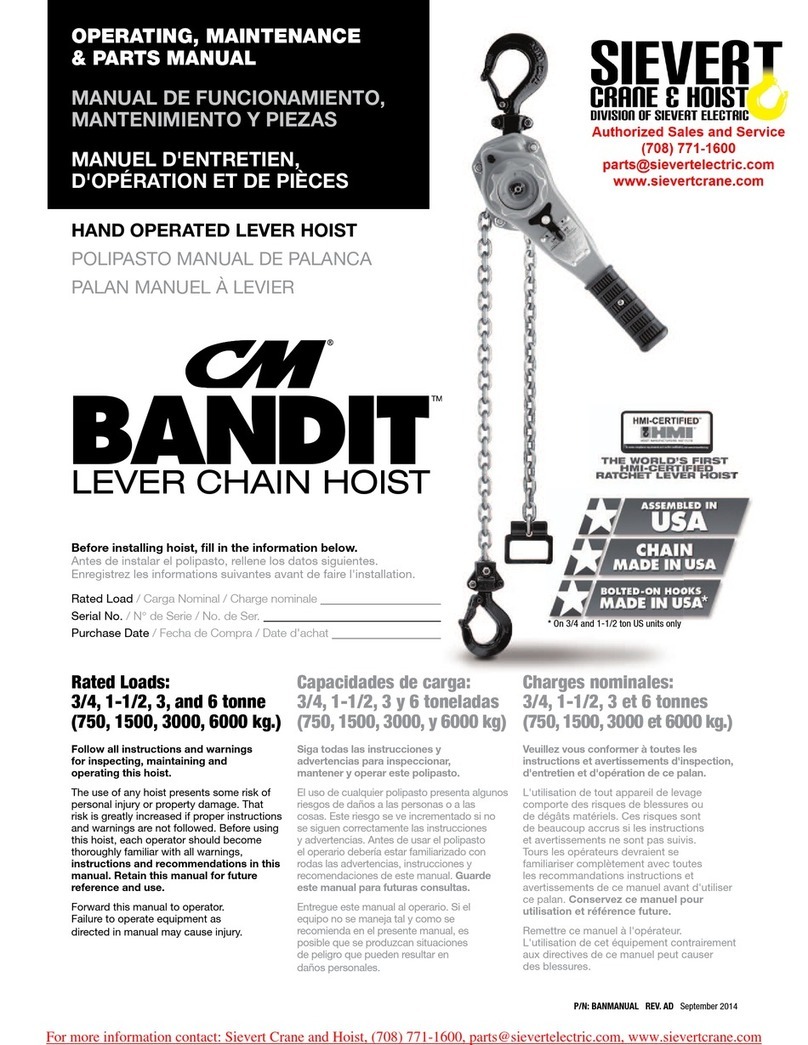
This document and the information contained herein, is the exclusive property of MODE. And represents a nonpublic,
confidential and proprietary trade secret that may not be reproduced, disclosed to third parties, or otherwise employed in
any manner. whatsoever without the express written consent of MODE. Copyright © (2016) MODE. Allrights reserved.
4 CONSTRUCTION ............................................................................................................. 26
4.1 Identifying the key parts of the hoist........................................................................ 26
4.2 Main Functions........................................................................................................... 27
4.2.1 Hoisting Function................................................................................................ 27
4.2.2 Safety Functions................................................................................................. 28
4.3 Signs............................................................................................................................ 28
4.3.1 Safety Signs......................................................................................................... 28
5 INSTALLATION................................................................................................................. 29
5.1 Installation preparations............................................................................................ 29
5.1.1 Lifting the hoist.................................................................................................... 30
5.2 Electrical connections................................................................................................ 32
6 COMMISSIONING ............................................................................................................ 34
6.1 Commissioning preparations.................................................................................... 34
6.2 Checks before first run.............................................................................................. 35
6.3 Test Run Without Load ............................................................................................. 36
6.4 Test run with test load............................................................................................... 38
6.5 After test runs............................................................................................................ 39
7 INSTRUCTIONS FOR THE OPERATOR...................................................................... 40
7.1 Operator’s Responsibilities....................................................................................... 40
7.2 Checks to Be Done Before Every Working Shift................................................... 42
7.2.1 Checks to be performed by the operator......................................................... 42
7.2.2 Operational Checks with the Emergency Stop Button Pushed Down........ 43
7.2.3 Operational Checks with Controller Enabled.................................................. 43
7.3 Movements.................................................................................................................. 45
7.3.1 Motor Control Methods ...................................................................................... 46
7.3.2 Lifting and Lowering Motions............................................................................ 46
7.4 Load Handling............................................................................................................. 47
7.5 Load Control ............................................................................................................... 53
7.6 Safety Procedure After Using the Hoist.................................................................. 54
7.7 Hand Signals and Other Methods of Communication.......................................... 55
8 MAINTENANCE................................................................................................................. 56
8.1 Why You Must Care About Maintenance............................................................... 56
8.2 Service Personnel...................................................................................................... 57
8.3 Inspections.................................................................................................................. 57

